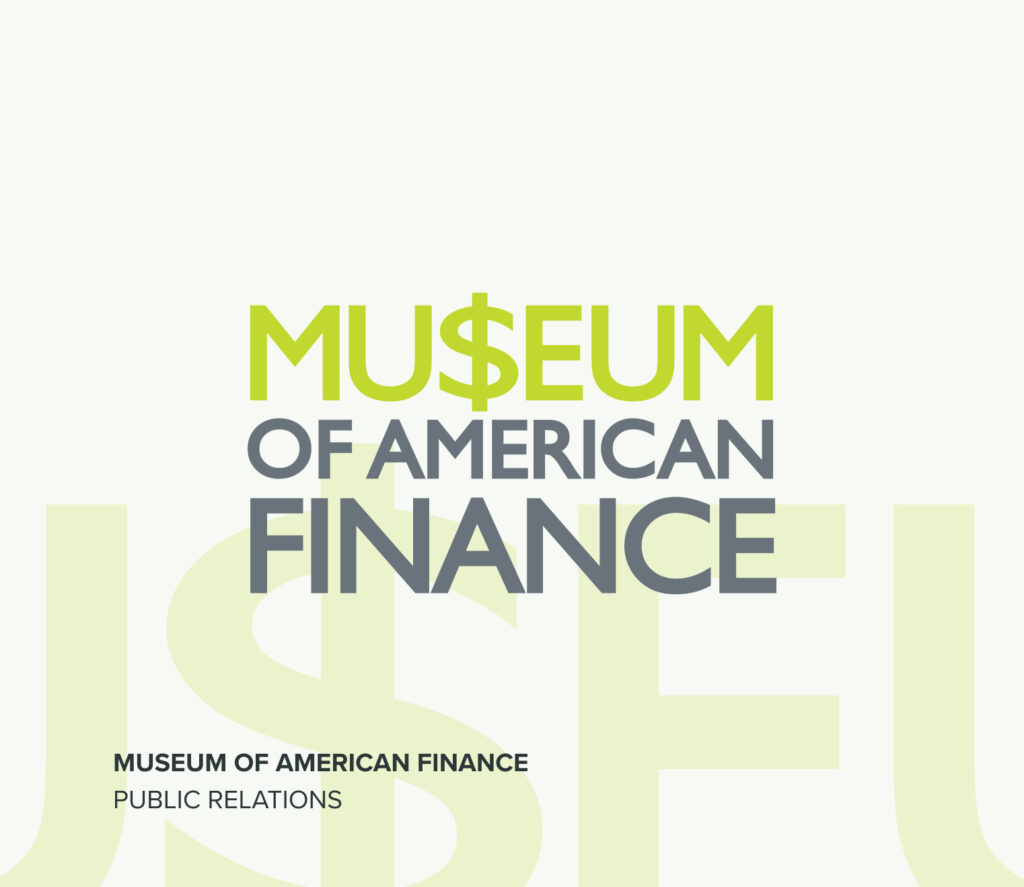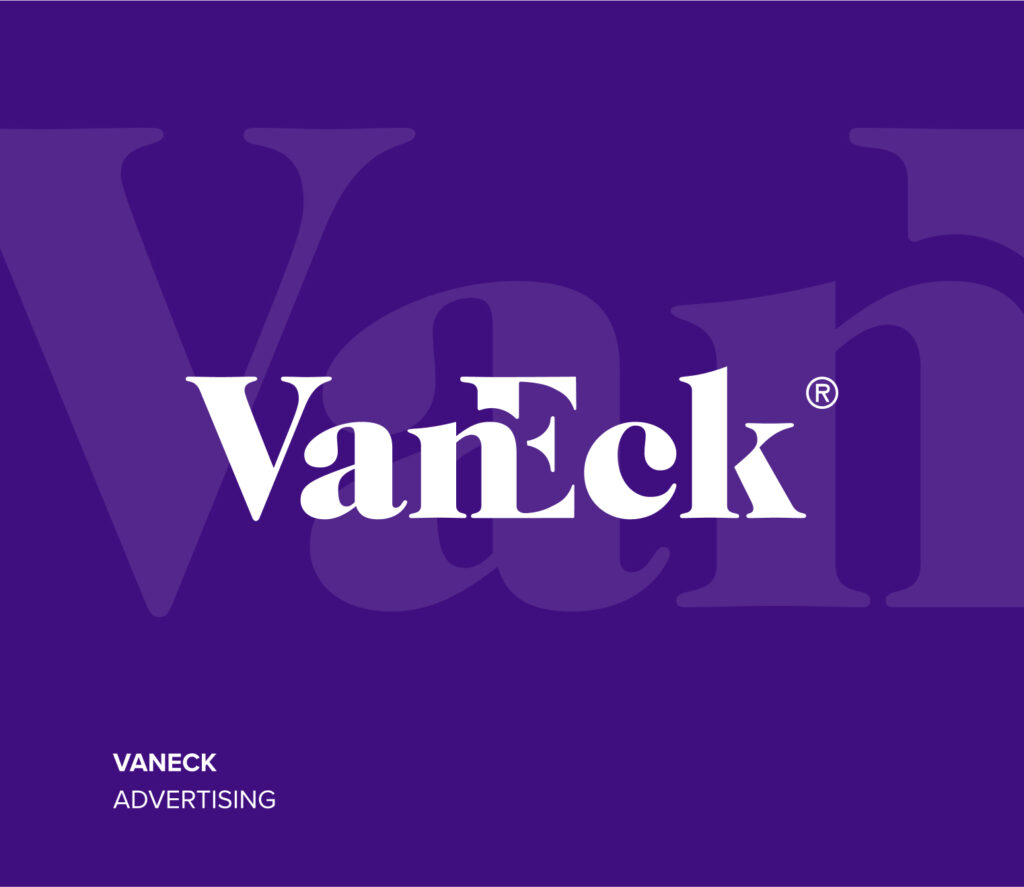Making the Most of Influencer Marketing for Financial Services: A Guide
The financial services sector is expected to become more competitive as the economy presses consumers to moderate spending and manage existing debt. With this in mind, more financial institutions (FIs) are turning to less traditional ways of marketing their products and services. Email campaigns, digital ads, and even direct mail still have their place in a comprehensive marketing strategy. However, a newer channel being explored by FIs is the role of influencer marketing and its bearing on revenue and retention.
Influencer marketing is all about collaboration. FIs work with influencers to communicate their messaging to select target audiences in exchange for pre-defined compensation. Influencers have moved beyond celebrity endorsements to thought leaders and platforms perceived as experts in their content category. These trusted voices can be individuals who have a large social media following or content platforms with regular readership. What they all have in common is that they can help brands share their stories and products with built-in audiences.
Influencer marketing is uniquely effective because it provides social proof, or examples of positive outcomes with specific news, products, or services. Acting as an endorsement or collective intelligence that instills trust with readers, this marketing approach can compel consumers to act. With 49% of consumers making purchases directly because of influencer marketing, it is understandable that 57% of marketers work with influencers and content creators to get the word out about their products.
Opportunity is vast for FIs across topics or products. From credit cards (44.3%) to buy now pay later options (36%) and checking accounts (28.3%), consumers are encountering financial products on U.S. social media. Banks are seeing third-party content as a top 10 driver of social media engagement with their brands, helping them expand reach and improve discoverability across both social networks and search engines. With an average return on investment (ROI) of $5.78 to every dollar spent, financial services influencer marketing holds a great deal of potential for FI marketers.
Prepare Your Campaign
The key to effective influencer marketing in financial services is to establish the right content with the right audiences. Marketers need to understand where and how their target customers consume content. This has evolved in recent years with Gen Z consumers becoming increasingly bankable (72% already have checking accounts) and with 84% of Millennials engaging with fintech.
Traditional marketing methods and messaging that resonated with older generations are no longer as effective across all demographics. While 40% of global consumers find social media influencers useful when it comes to financial information, this trend is most compelling with younger consumers, with 43% of Millennials and 38% of Gen Z consumers using social media to learn about financial topics.
Budget also plays a critical role in financial services influencer marketing. Some positive impacts, such as brand awareness, may be more difficult to measure than others, but establishing key performance indicators (KPIs) for each campaign from the start can help marketers determine ROI on an individual basis. These costs should account for not only the commission paid out to the influencer but also internal expenses for monitoring performance and compliance.
Compensation, and campaigns, can take many forms. One straightforward approach is the creation of sponsored posts where the influencer is typically paid a flat fee to promote a product or service to their audience. More complex structures can include affiliate marketing programs where the influencer is compensated every time a milestone is achieved, such as sales made through specific links or leads generated with a unique promotional code. The objective is to incentivize the influencer to message about FI products and services to key audiences with regularity and confidence, boosting everything from brand recognition to new account acquisition.
An effective FI influencer marketing campaign should also include legal review and considerations. Financial product promotions are often regulated by external agencies, including government organizations such as the FDIC, FTC, and SEC. FIs need to be sure that the messaging used not just by their brand but also by influencers representing their brand is compliant. Paid partnerships may need to be disclosed in a particular manner, and information sharing and data privacy concerns should be clearly addressed.
Identify the Right Influencers
Aligning with influencers is about more than finding platforms that speak to a particular topic of interest to a target audience. Financial services influencer marketing should consider not only how their brand will be portrayed but also how the influencer’s brand will reflect back on the FI. Influencer marketing is a partnership that can cause consumers to make assumptions about a financial institution based on the recommendation or insights by a particular influencer. Marketers should choose influencers that mirror their own brand values and goals to ensure a cohesive and uncontroversial collaboration.
Influencers are also categorized by their reach, not just who they speak to but how many they speak to. FIs can benefit from diversifying their influencer partnerships across follower counts with different messaging, promotions, and KPIs.
- Mega influencer: Over 1 million followers
- Macro influencer: 100,000 to 1 million followers
- Micro influencer: 1,000 to 100,000 followers
- Nano influencer: Less than 1,000 followers
Mega influencers, for example, can provide high levels of exposure that can generate brand awareness or general interest in a product. However, these may come with higher price tags and lower conversion rates. While some FIs might be fast to overlook micro and nano influencers, these platforms are often held by more specialized thought leaders with highly engaged audiences that are genuinely interested in a specific topic. This can lead to more trust between influencer and reader and result in higher conversions for the partner FI.
While the best influencer connections may come from an in depth understanding of the industry and who has become persuasive within a desired demographic or on a specific social media platform, financial services marketers can also turn to dedicated influencer marketing platforms. These marketplaces are designed to bring together brands with creators looking to align themselves within a certain industry. Examples of this include Sprout Social’s influencer marketing program, Upfluence, and Afluencer. Many of these platforms also offer support for campaign measurement, tracking, and compensation.
Whichever influencer a marketer chooses to pitch, the synergy between influencer and FI should be clear from the start. Financial services influencer marketing should be beneficial to both parties, and an impactful introduction and partnership request typically includes research demonstrating alignment between brand goals, ideals, and topics. Marketers can highlight examples of prior influencer content that represent desired outcomes and propose trackable engagement metrics that will define success for everyone involved.
Create Authentic, Useful Content
Regardless of platform or target demographic, financial services influencer marketing can be ineffective if the driving content is not useful to the audience in question. Influencers gain and retain trust with their readers or viewers by providing key insights, research, and advice on relevant topics that are valued by their audiences. Influencer marketing messaging should be no different.
Influencer marketing content should be useful, informative, and straightforward. FIs can provide their brand guidelines and legal requirements to help the influencer get started. A detailed creative brief can also be helpful to keep everyone on the same page regarding the campaign goals, product features, and key benefits for consumers. However, many influencers will want to put a creative twist on the topic that reflects their own brand identity and ensures that the content aligns with how their audience expects to receive content. FI marketers should be prepared to be a bit flexible when it comes to how the messaging is presented.
Financial services influencer marketing can also be a soft sell or take a longer-term approach to converting customers. While many FIs may be eager to entice immediate consumer action, the nature of selling financial products is a bit more nuanced and varies depending on demographics. Over 26% of Millennials are likely to shop around for financial services, and 62% of consumers use online research to select their next financial product. Engaging with audiences with educational and informative content delivered either by the influencer or through a quick, easy sign-up form can alleviate pressure on consumers while demonstrating trust and providing authentic content they can use as part of their decision-making process.
Successful content marketing positions the associated brands as thought leaders in their industry. Creating content with financial services influencers can extend credibility for everyone involved while improving audience experiences and engagement. Examples of useful content include guides on specific financial topics, investment insights, financial literacy courses, and customer case studies with real-world data.
To remain on track throughout a campaign, FIs and influencers can agree on methods to track ongoing user sentiment in addition to measuring success through established KPIs. This can include an agreement to analyze user data such as survey responses or social media comments that can help both parties better understand how the target audience is engaging with and responding to the introduction of sponsored messaging.
Success Stories: The Power of Influencer Marketing in Action
Financial services influencer marketing may be a newer strategy, but its effectiveness has been demonstrated across topics and KPIs. From established content networks to individual experts, FIs are taking notice of niche creators and partnering to provide value and content to audiences prime for their messaging.
The Financial Diet is just one example of a content platform specifically geared toward the finance industry. A personal finance and lifestyle website catering primarily to females with a clear interest in financial literacy, The Financial Diet has extensive reach and even more impressive engagement with its readership. Partnering with Fidelity in 2020, the content network published a year-long campaign about women and investment with the goal of increasing brand awareness for the new Fidelity Spire app. The campaign results included five million social impressions with over 150 social engagements and an additional 2.1 million views across 16 YouTube videos.
Financial brands have also collaborated with individual content creators to get their name out to the masses. Financial influencer Humphrey Yang, who has over 3.3 million followers on TikTok and 1.5 million subscribers on YouTube, occasionally partners with leading brands to provide sponsored content to his network. A single TikTok video sponsored by Discover gained 184.9 million views featuring content to help followers learn how to responsibility budget using the 50/30/20 rule. This provided broad exposure for Discover with Yang’s audience while offering useful information to viewers looking for fast tips and financial advice.
Impact Marketing Outcomes with Financial Services Influencer Marketing
The benefits of influencer marketing in financial services go far beyond net new sales or lead generation. Influencers can help FI brands introduce themselves with new demographics, gaining brand awareness alongside credibility and engagement. An added benefit, these campaigns tend to be more cost effective than traditional marketing efforts depending on audience size, consumer access, and influencer popularity. FIs can strike a balance between user engagement, impressions, and conversions with the right KPIs in place and the tracking capabilities to monitor progress along the way.
At Vested, we empower FI marcom leaders with the latest strategies to make their brand top of mind for a targeted consumer base. Our offerings comprise hands-on marketing consultation that takes an omnichannel approach to brand management including cultivating financial services influencer marketing relationships for our clients. Learn more about how our team can innovate your traditional marketing strategy with a modern twist without sacrificing ROI.


